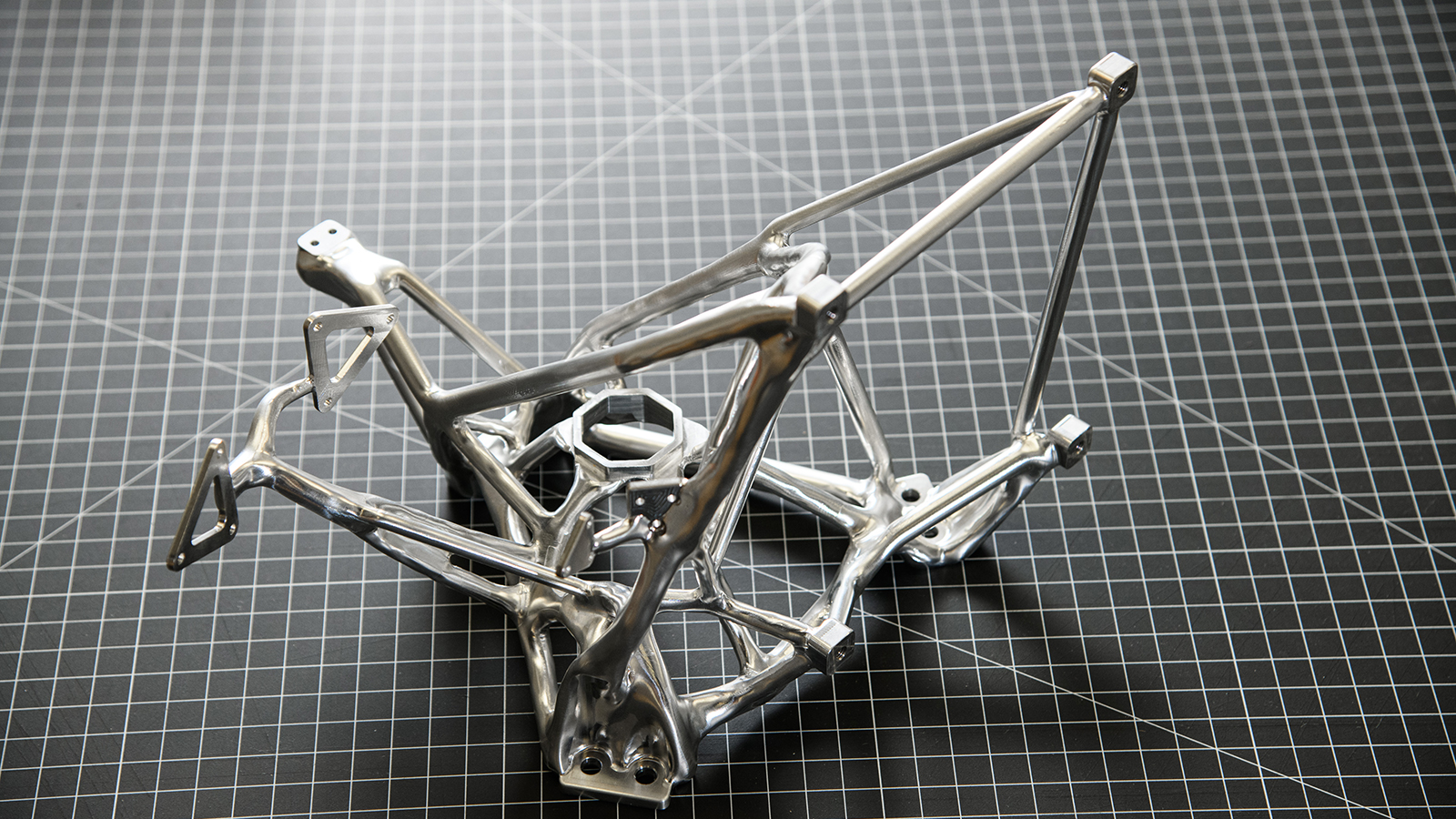
Stay Up to Date
Submit your email address to receive the latest industry and Aerospace America news.

The Human-Machine Teaming Technical Committee fosters the development of methodologies and technologies that enable safe, trusted and effective integration of humans and complex machines in aerospace and related domains.
Although academics and researchers have studied artificial intelligence for decades, this year saw AI enter our collective consciousness through tools for generating art, music and video, the ubiquitous discussions on chatbots, and the ethics of using AI to perform human tasks. As a result of revolutionary advances this year, several commercial sectors, including the aviation industry, chose to embrace AI through investment and broader collaboration.
In February, NASA’s Goddard Space Flight Center in Maryland announced the development of a new engineering design process that incorporates generative AI into traditional computer-aided design, CAD, modeling to produce new “evolved structures” that adhere to design requirements provided by an engineer. Engineers can iterate on the designs as the human-machine teaming interfaces continue to mature, and then these models can be additively manufactured for use in NASA missions. This is particularly useful for optimization of mission parameters where a nontraditional shape might provide a novel solution that would not have appeared through conventional design templates.
There was increased interest by aviation regulators and airworthiness authorities for the safety assurance of AI in aircraft. Researchers have worked for years on novel AI-enabled applications for aircraft, but providing safety assurance for these new tools has been a challenge, particularly for human-machine teaming systems. Federal agencies are sharing best practices for safety assurance of AI elements on their own aircraft and looking for ways to adapt aviation standards to support the entire aviation community.
In May, the European Aviation Safety Agency published its “EASA Artificial Intelligence Roadmap 2.0 — Human-Centric Approach to AI in Aviation,” a key reference for providing context on key AI-related considerations as the aviation community learns more about the potential of new human-machine teaming tools. Standards development organizations such as SAE International of Pennsylvania, the European Organization for Civil Aviation Equipment, ASTM International of Pennsylvania and RTCA of Washington, D.C., are active in this domain and sometimes coordinate with one another for AI standards in aviation.
At the Connected Aviation Intelligence Summit in September, Tassio Carvalho, the American Airlines senior manager for AI/machine learning, declared that “AI will be everywhere” and said that American Airlines is looking at ways to use AI to support its operations. At the summit, many of the potential applications of AI-enabled technologies focused on using AI as an assistive technology to support the humans in the systems.
In February, DARPA kicked off its AI Forward program to focus on bringing government, industry and academia together to explore new directions for AI research for national security. Human-machine teaming is one of the key research areas within the program that will be essential to creating trustworthy systems.
Stay Up to Date
Submit your email address to receive the latest industry and Aerospace America news.



